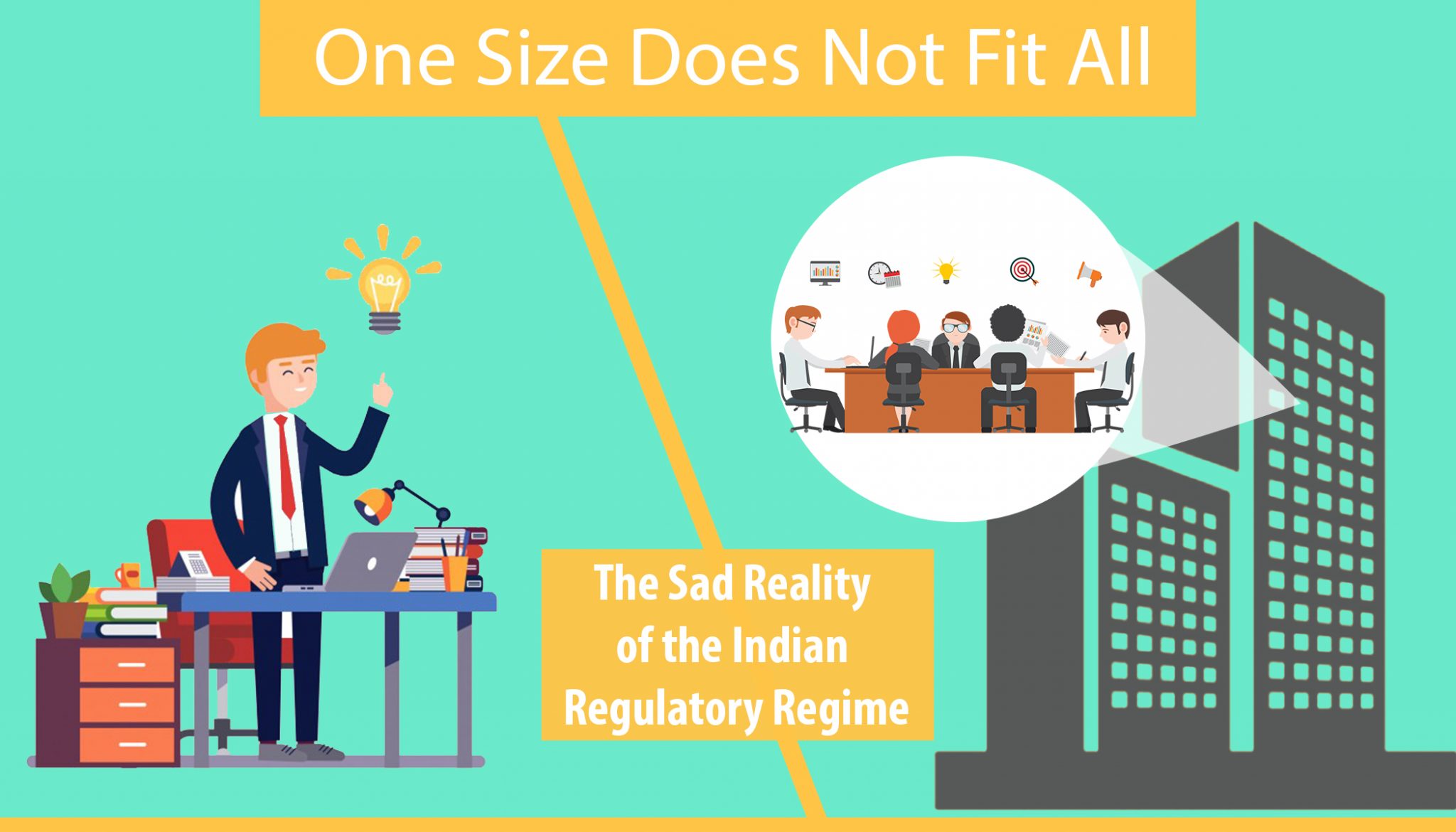Concept of Insurance
Before we delve into the insurance industry, let us first try and understand is the concept of insurance. Insurance is a contract (insurance policy) between two parties (the policy holder and the insurer) by which the policy holder receives financial protection or reimbursement against losses from an insurer. The company pools clients’ risks to make payments more affordable for the insured. Under the contract, the insured pay regular amounts of money (as premiums) to the insurer, and the insurer pay the insured if the sum assured on unfortunate event arises, for example, untimely demise of the life insured, an accident, or damage to a house.
Historical background for Insurance Sector in India
The concept of insurance, in India having a deep-rooted history, finds mention in the writings of Manu (Manusmrithi), Yagnavalkya (Dharmasastra) and Kautilya (Arthasastra) and talk in terms of pooling of resources that could be re-distributed in times of calamities such as fire, floods, epidemics and famine. This was probably a pre-cursor to modern day insurance. Ancient Indian history has preserved the earliest traces of insurance in the form of marine trade loans and carriers’ contracts. Insurance since 1818 in India has evolved over time heavily drawing from other countries, England to be more specific. With time, various Indian Insurance companies came into existence, Indian Life Assurance Companies Act, 1912 and Insurance Act, 1938 were enacted to regulate insurance business and protect interest of policyholders in India. In 1956 a total of 245 Insurance companies (Indian and Foreign) including provident societies were nationalised by the Central Government. The Parliament of India passed the Life Insurance Corporation Act on the 19th of June 1956, and the Life Insurance Corporation of India (LIC) was created on 1st September, 1956, with the objective of spreading life insurance much more widely and in particular to the rural areas with a view to reach all insurable persons in the country, providing them adequate financial cover at a reasonable cost.In the history of the Indian insurance sector, even a decade back LIC was the only life insurance provider. Other public sector companies like the National Insurance, United India Insurance, Oriental Insurance and New India Assurance provided non-life insurance or say general insurance in India. However, with the introduction of new private sector companies, the insurance sector in India gained a momentum in the year 2000.
A brief overview on the Indian Insurance Sector
The Indian Insurance Sector is basically divided into two categories – Life Insurance and Non-life Insurance (General Insurance) and the autonomous body for governing/regulating Insurance in India is Insurance Regulatory and Development Authority of India (“IRDAI”) established under the Insurance Regulatory and Development Authority of India Act, 1999. Life insurance companies offer coverage to the life of the individuals, whereas the non-life insurance companies offer coverage with our day-to-day living like travel, health insurance, our car and bikes, and home insurance. Not only this, but the non-life insurance provide coverage for our industrial equipment’s as well. Crop insurance for our farmers, gadget insurance for mobiles, pet insurance etc. are some more insurance products being made available by the general insurance companies in India. The insurance industry in India as on date comprise of roughly 57 insurance companies (24 Life Insurers and 33 Non-Life Insurers).
Corporate Governance for Insurance Sector
Indian Insurance companies are regulated by the Insurance Regulatory and Development Authority (IRDAI) through the Insurance Act, 1938, Insurance Regulatory Development Authority Act, 1999, Rules/Regulations made thereunder. Companies Act brought in various changes in the corporate governance structure for the Indian Companies in 2013.
Consequently, IRDAI in 2016 came up with the comprehensive Guideline on Corporate Governance for Insurers (“Guideline”) specifically, with the intent to incorporate such changes considering inter-alia other changes in the insurance sector in last one decade. The Guidelines provides for having various controls/systems in place and set out norms for appointment of key managerial persons, statutory auditors, the constitution and functions of the Board of Directors, delegation of the functions of the Board, disclosure requirements and provisions with respect to whistle blower policy.
Highlights of the Guideline:
-
Mandatory appointment of independent directors and a woman director on Board as required under Section 149 of the Companies Act, 2013.
-
Prevention of conflict of interest and compliance with the provisions as to related party transactions under Section 188 of the Companies Act, 2003.
-
Constitution of Nomination Remuneration Committee, Risk Management Committee & Audit Committee.
-
To have a Board approved outsourcing policy.
-
Annul review performance of agencies to whom operations have been outsourced.
-
Filing of compliance certificate, compliance report etc.
Key compliance requirement under other legislations framed by IRDAI Discussed above.
As stated above IRDAI is the statutory body formed for the purposes of overall supervision and development of the Insurance sector in India. Key objectives of the IRDAI include promotion of competition so as to enhance customer satisfaction through increased consumer choice and fair premiums, while ensuring the financial security of the Insurance market. The principal Act governing the insurance sector in India is Insurance Act, 1938 providing powers to IRDAI to frame regulations which lay down the regulatory framework for supervision of the entities operating in the sector. Marine Insurance Act, 1963 and Public Liability Insurance Act, 1991 being other legislations governs specific lines of Insurance business and functions. Few key compliances under various regulations framed by IRDAI are listed below –
-
Obtaining IRDAI registration.
-
Submission of reports on:
-
financial statements,
-
valuation of assets and liabilities,
-
equity shareholding pattern,
-
solvency margin,
-
opening/closing place of business and offices,
-
suspicious transactions,
-
outsourcing arrangement,
-
actuarial reports etc.
-
status of ombudsman cases,
-
cash transactions,
-
premium awaited policies and renewal business figures,
-
compliance certificate under tele-marketing and advertisement guidelines etc.
-
-
Filing returns on:
-
finance and accounts,
-
auditors,
-
investments,
-
capital market exposure,
-
capital infusion,
-
point of sales,
-
status of Issuance of e-Insurance Policies,
-
payment of commission/remuneration/rewards
-
expense of the management etc.
-
-
Policy requirements on:
-
investments,
-
outsourcing arrangements,
-
anti-money laundering,
-
whistle blowing etc.
-
-
Formation of following committees:
-
corporate social responsibility committee
-
audit committee
-
investment committee
-
risk management committee
-
policyholder protection committee
-
-
Other compliances:
-
renewal of IRDAI registration,
-
capital requirement norms,
-
solvency margin norms,
-
frequency based review of policies,
-
appointing compliance officers, actuaries, insurance agents etc.,
-
maintaining register of advertisements, persons hired lead generation/solicitation of insurance business, agents of intermediaries etc.,
-
display requirements on the company websites,
-
maintaining records of proposals for insurance received, points of sale, books and accounts, cover notes, policies issued etc.
-
Conclusion
Insurance sector, being highly regulated by IRDAI, have various critical compliance requirements. Non-compliance to these will attract penal consequences, sometime clubbed with imprisonment. The reputation of the Insurer will be at stake in case of non-compliances. Having to comply with these requirements under different legislations, it can become a tedious task, and therefore there is a need of constant monitoring and reporting mechanism. These needs can be accomplished by adopting a sound compliance management solution that will take care of the compliance regime of the insurer by sending timely alerts, generating reports on compliances, non-compliances, late compliances. This will take the organisation one step towards a better organised and compliant. Also, Section 134(5)(f) of the Companies Act, 2013 requires a company to devise an adequate and proper system in place to ensure compliances under applicable laws. Use Komrisk, our compliance management software for enterprise, to help mitigate your organisational legal risks. Feel free to connect with us for a demonstration.
Written by: Zaved Akhtar Sarkar
Co Authored by: Siddharth Singh
Disclaimer
All material included in this blog is for informational purposes only and does not purport to be or constitute legal or other advice. This blog should not be used as a substitute for specific legal advice. Professional legal advice should be obtained before taking or refraining from an action as a result of the contents of this blog. We exclude any liability (including without limitation that for negligence or for any damages of any kind) for the content of this blog. The views and opinions expressed in this blog are those of the author/(s) alone and do not necessarily reflect the official position of Lexplosion Solutions. We make no representations, warranties or undertakings about any of the information, content or materials provided in this blog (including, without limitation, any as to quality, accuracy, completeness or reliability). All the contents of this blog, including the design, text, graphics, their selection and arrangement are the intellectual property of Lexplosion Solutions Private Limited and/or its licensors.
ALL RIGHTS RESERVED, and all moral rights are asserted and reserved.





